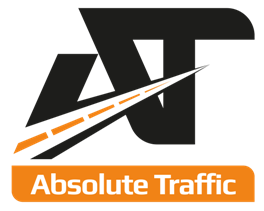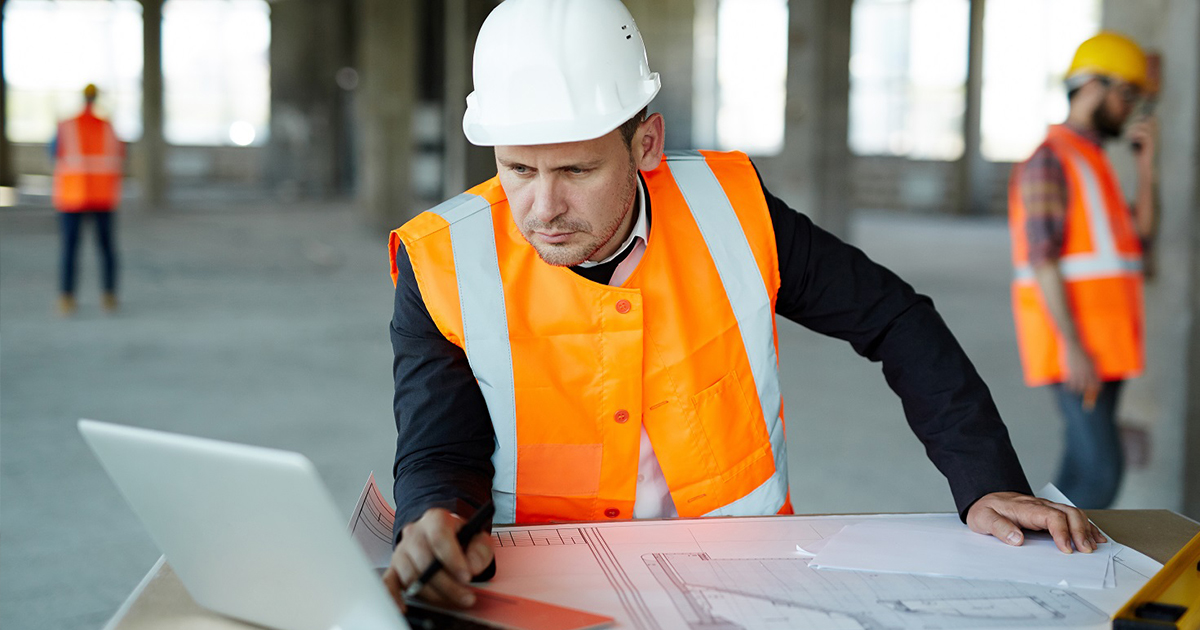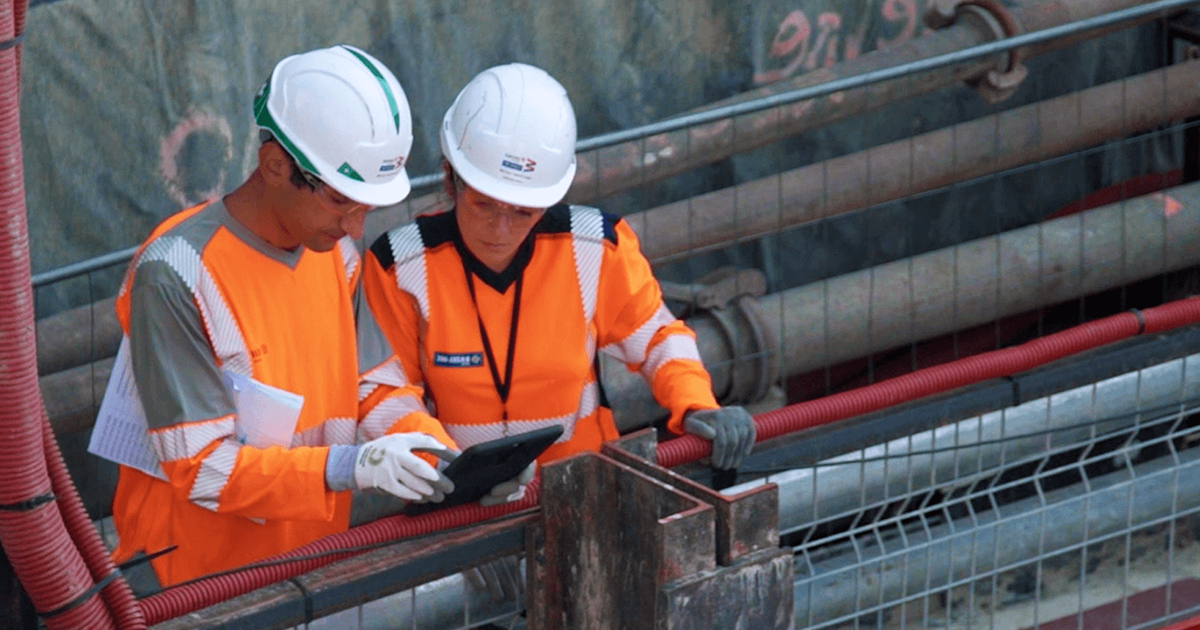How ‘digital ready’ the construction industry is to meet the opportunities of the digital future?
In this article, we’ll share a summary of the Construct NSW Survey on Digitalisation of Construction. And, we see how the digitalisation redefine the construction industry. This research investigates the state of digitalisation of the class 2 building sector of the NSW construction industry. And, most class 2 (residential apartments) builders and about half of class 2 designers are at only the ‘basic’ stage of digitalisation. But, while many want to improve their digital readiness, the biggest barrier is cost.
Key findings
It will take about 10 years for the industry to reach ‘digital maturity’ (where the use of Building Information Models (BIM) and Digital Twins is standard). And, there are 2 major enablers for a faster trajectory towards higher digital maturity. First, investment in training and capability building would likely be the most impactful. Second, work to reduce barriers related to costs and system interoperability supported by a common data environment.
Top drivers of digitalisation:
– achieving greater accuracy and trustworthiness (70%)
– improving quality and standards (66%)
– delivering on time, budget, and quality (61%).
Top barriers to digitalisation:
– the cost of software and licences (67%)
– the cost of hardware (57%)
– inadequate design fees (55%).
80% of the industry is a small business (less than 20 employees).
So, to successfully navigate this new landscape, construction professionals will refine their formal qualifications and become digital ready. Furthermore, digital capabilities will be fundamental.
Introduction
The McKinsey Global Institute report (Manyika et al. 2017) identified construction as the second least digitalised industry globally.
Digitalisation in Construction
In Australia, the construction sector is not making full use of the potential of digital technologies.
The proposed 4 stages of digital maturity:
– Early stages: basic technologies such as connectivity to the internet, having a website and using email to better communicate with stakeholders.
– Middle stages: digital technologies, such as the use of technology in advanced ways to improve their operations, i.e. cloud computing, social media, e-commerce, internet of things (IoT) and big data analytics.
– Advanced stages: combining digital technologies in innovative and transformative ways.
– Digital maturity: a dynamic and evolving process that requires continual exploration of new ways to utilise technology to increase productivity and retain their competitive edge.
Construct NSW
To keep up with the pace of digitalisation, the Construct NSW transformation strategy includes:
– establishing a customer-focused regulatory framework,
– risk profiles and ratings,
– improving skills and capability,
– strengthening standards and contracts,
– enhanced use of digital platforms and
– greater application of data and research
The NSW Planning Portal evolves to have all information across a building lifecycle in a single place. So, they can be available to future owners and maintainers. And, in the post-COVID era it will enable remote operation and more efficient management of building design and procurement.
Survey Results And Findings
Organisation Profile
First, over 95% are micro and SME. And, the majority of businesses have a good experience. In fact, over 50% of them have more than 10 years’ experience.
Design/Drawings Submission
Second, companies submit more than 73% of their documents to councils for development application (DA) as digital document they convert to PDF.
And, there is an overwhelming desire for a greater level of standardisation of design submission processes.
IT Infrastructure & Digital Capability
Third, most companies use the AutoCAD, Revit and SketchUp softwares for building design and as-built drawings.
Microsoft Project for schedule management, Aconex for document management and Buildsoft for cost management are the most popular software designers and builders use.
The majority of designers and builders have a basic level of digital maturity.
The class 2 building sector seems to prefer outsourced IT management because most designers and builders are in micro-SME categories and their capabilities do not warrant internally managed IT.
Designers use more software than builders. Consequently, designers tend to invest more than builders.
And, designers and builders believe that BIM is the technology driving major changes in the coming 3 to 5 years. Next, 3D printing, AR/VR, integrated construction management tools are the main technology trends after BIM.
In addition, use of specialist software for construction management tasks are limited while use of general office software is quite high.
Subcontractors and Suppliers
There is a very low level of advanced quotation.
Training, Research & Development
Next, there are very low levels of planned training. In fact, 22% provide no training at all. So, training aspects are very weak for builders as nearly 75% do not have internal or external structured training processes. To resume, in most construction companies learning happens by on-the-job personal experience and not through a formal process.
There are significantly low R&D investment profiles.
Drivers of Digitalisation
‘Greater level of accuracy and trustworthiness’ and ‘improve quality and standards in construction’ were the top 2 most highly rated drivers of digitalisation.
And, more communication and training is necessary for micro players to understand and benefit from improvement to digitalisation capability.
Barriers for Digitalisation
The top 3 barriers for digitalisation were:
– ‘high cost of software purchase/ licensing’,
– ‘high cost of digital tools and setting up equipment’, and
– ‘inadequate design fee to support digital innovation’
So, construction companies feel that the cost of software and hardware seem to make digitalisation more difficult.
Interview Findings
All interviewees feel the necessity of digitalisation and standardisation of construction practices in NSW.
They are positive towards the anticipated changes that the DBP Act would bring and firmly believe current digital capabilities of the industry are sufficient to adapt quickly.
Conclusions
The Current State of Digitalisation
– First, the sector consists of 54% micro, 26% small, 15% medium and only 5% large design and building practices (Figure 5.1). So, this means micro-small enterprises accounting to 80% of the industry drive the sector. Also, it indicates that 95% of class 2 designers and builders are micro-small-medium organisations. And, their experience in the sector spreads over 10 years for 60% of respondents while only a quarter with less than 5 years of experience.
– And, over companies submit 80% of documentations in PDF format. So, it paves the way for greater levels of digitalisation moving forward.
– Also, over 23% do not submit as-built drawings (ABDs) at all. In addition, at least 35% use PDF format. And, up to 36% use more advance formats such as CAD, 3D models and BIM considering architectural, structural and services implementations. So, ABD is not a standard practice in the industry and most submit annotated PDFs of service layouts to clients for reference purposes.
IT infrastructure & digital capability
Next, the main findings related to IT infrastructure and digital capability are:
– The 3 most popular software used by organisations for Class 2 building designs development and ABDs were AutoCAD, Revit and Sketch-up, each indicating around 30-40% medium to high usage for both Designers and Builders.
– Rhino, 3D Studio Max and Grasshopper were the most used software for rendering and 3D modelling.
– MS Project, Aconex, Procore were the most used software for document management, cost and schedule management.
– Navisworks was more popular with designers in this category while Buildsoft is more popular with builders for cost management.
Digital maturity of organisations
Then, 52% companies are still at basic level of maturity with further 42% leaning towards mid-level of maturity using advanced technologies. So, it indicates that the construction sector requires a significant effort in bringing the whole sector to greater levels of digital maturity.
Training, research and development
In addition, low adoption of innovative digital technologies as training becomes imperative in case of adoption of new technologies. In fact, investment in research and development (R&D) is low in this sector with 15% at zero investments and further 39% investing less than 1% of their annual average turnover.
Drivers and Barriers for Digitalisation
Drivers
– Greater level of accuracy and trustworthiness
– Improving quality and standards in construction
– Ability to deliver complex projects within budget, time and prescribed quality
– Better communication between stakeholders
Barriers
– High cost of software purchase/licensing
– High cost of digital tools and setting up equipment.
– Inadequate design fee to support digital innovation
– High cost of IT specialists
The Strategic Framework for Digitalisation of Design & Construction
Stage 1: Basic Digitalisation (up to 2022): basic level of digitalisation to achieve by 2022 (internet, having a website, using email to improve business operations and the use of vector-based PDF or 3D-CAD)
Stage 2: Advanced Digitalisation (2022 to 2025): advance level of digitalisation to achieve by 2025 (use of technology in advanced ways to improve their operations both as a design and/or construction organisation)
Stage 3: Smart Digitalisation (2025-2030): smart use of digital technologies across the sector to achieve by 2030 (online platforms and automated supply chain management systems and the use of technologies such as advanced ERP systems, LiDAR scanning technologies, AR, VR and MR visualisation technologies, intelligent BIM, collaborative robotics, advanced blockchain and smart contracts-based systems)
Stage 4: Transformative Digitalisation (beyond 2030): rapid and broad transformation of the construction sector to embedded digitally driven processes (advanced cyber-physical systems, automated scan to BIM, digital twins that provide building automation, advanced visualisation tools, extensive use of robotics and automation, AI integrated tools, blockchain based integrated supply chains governed by advanced smart contracts and digital tracking with IoT devices)
Want to learn more about how Absolute Traffic Management adapts to technology changes? Learn more about us.











